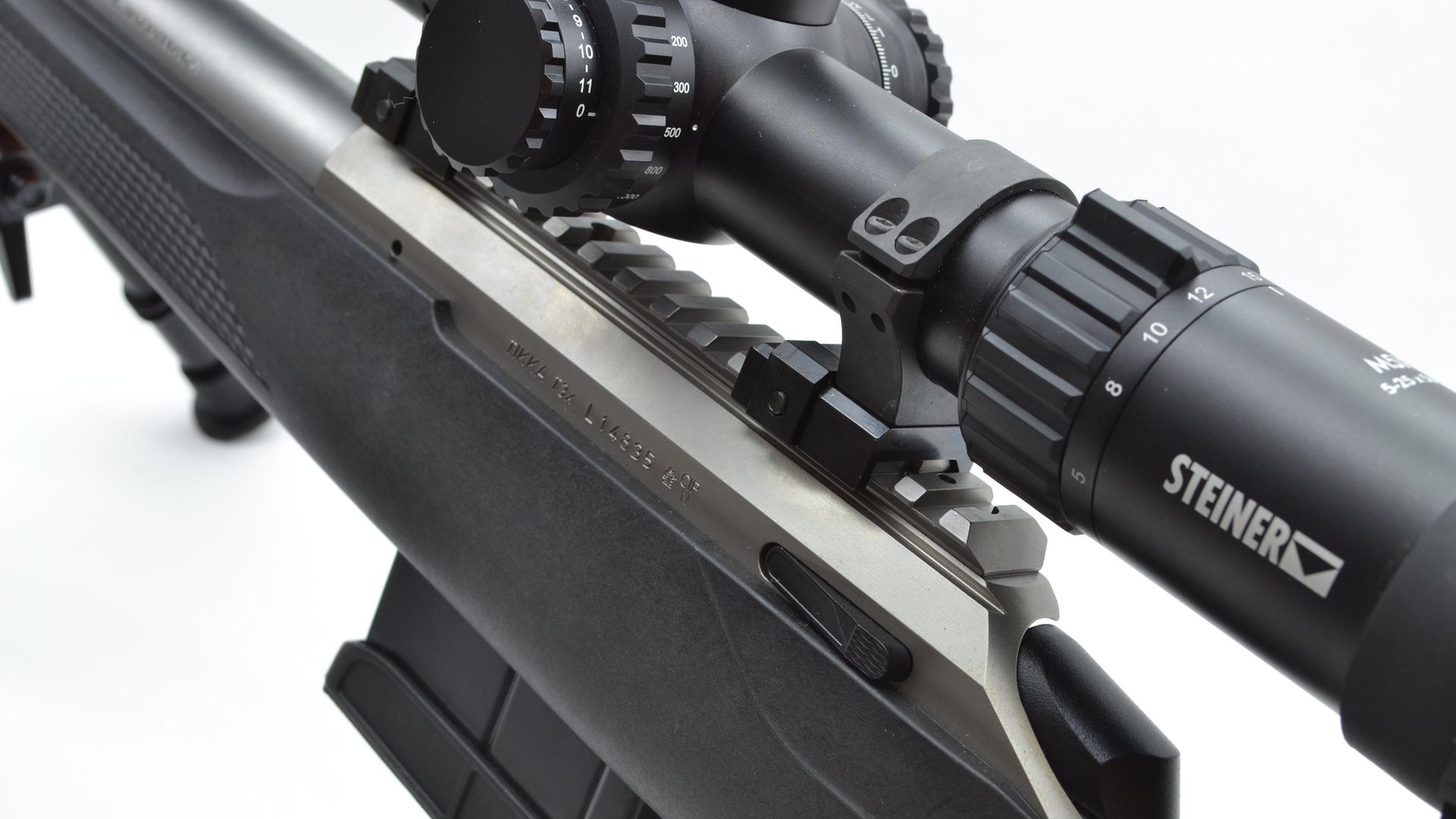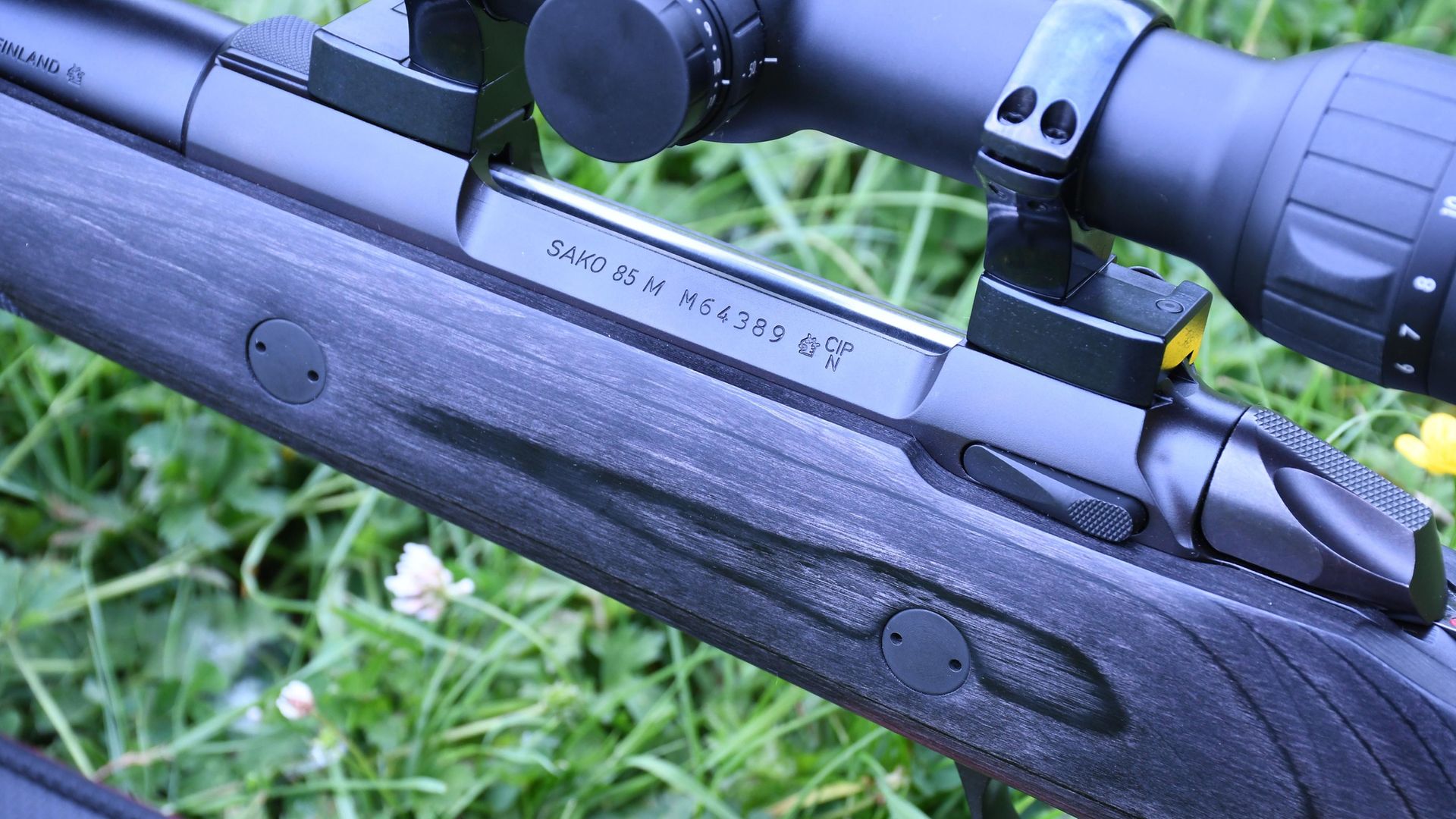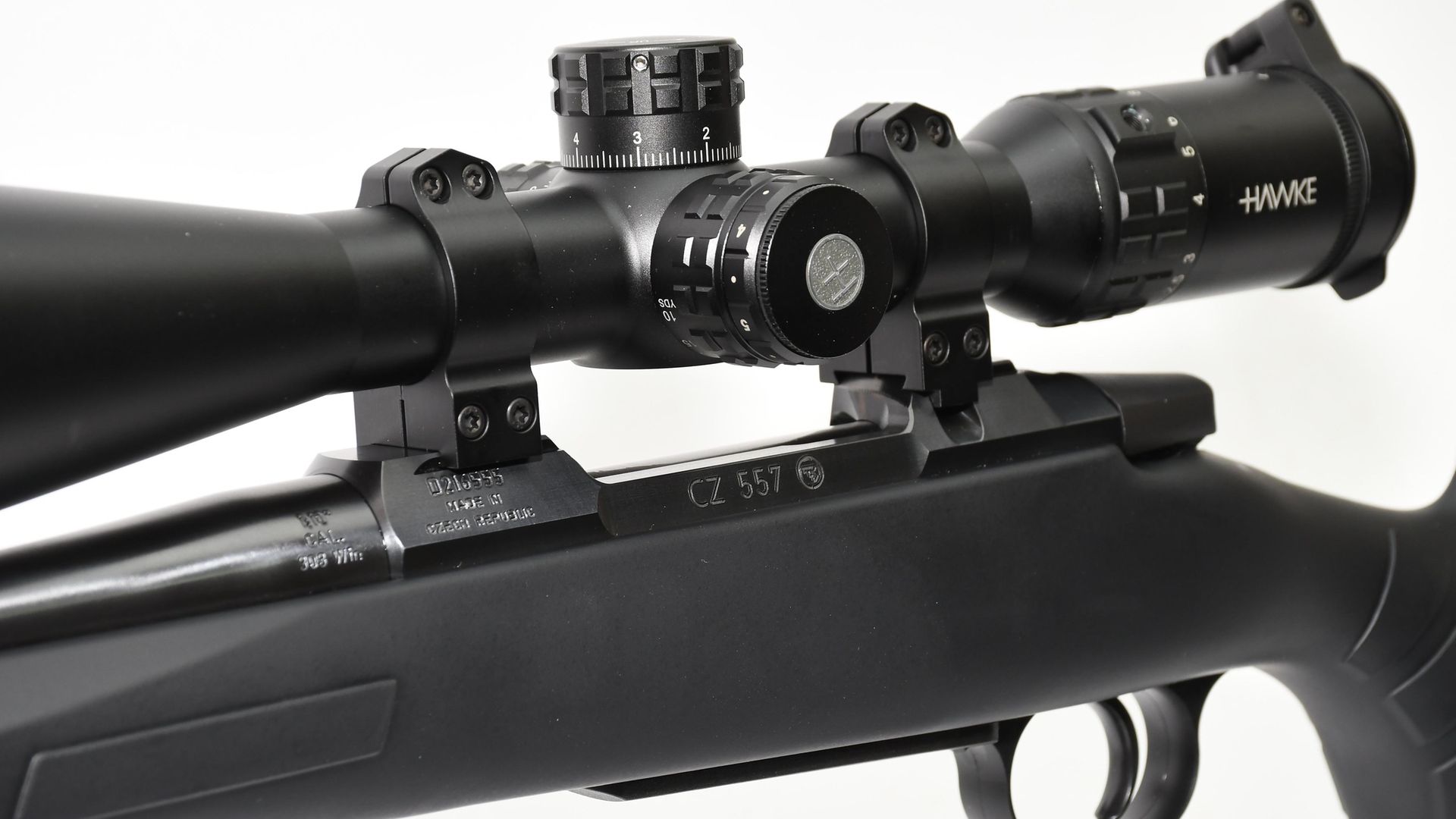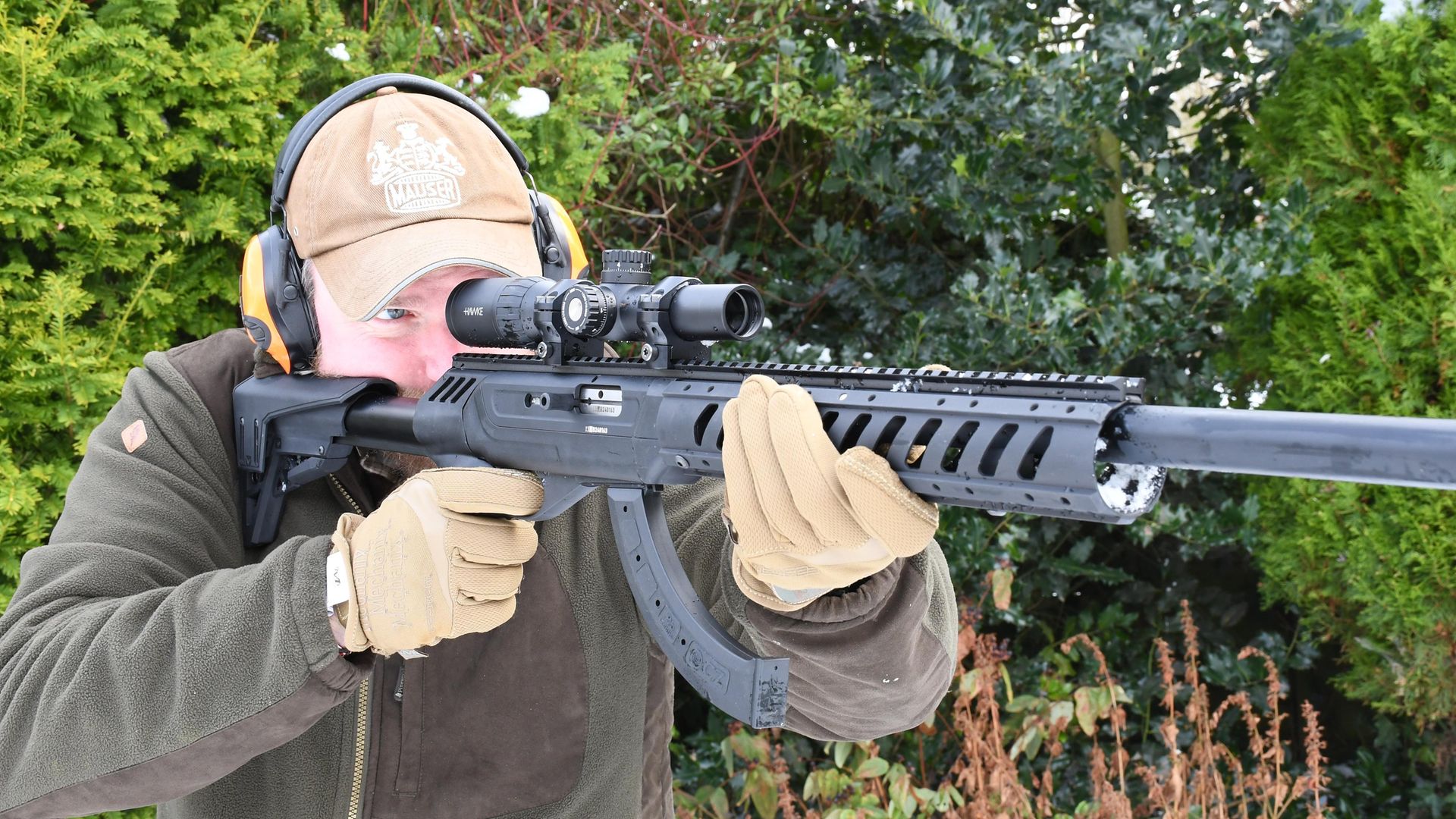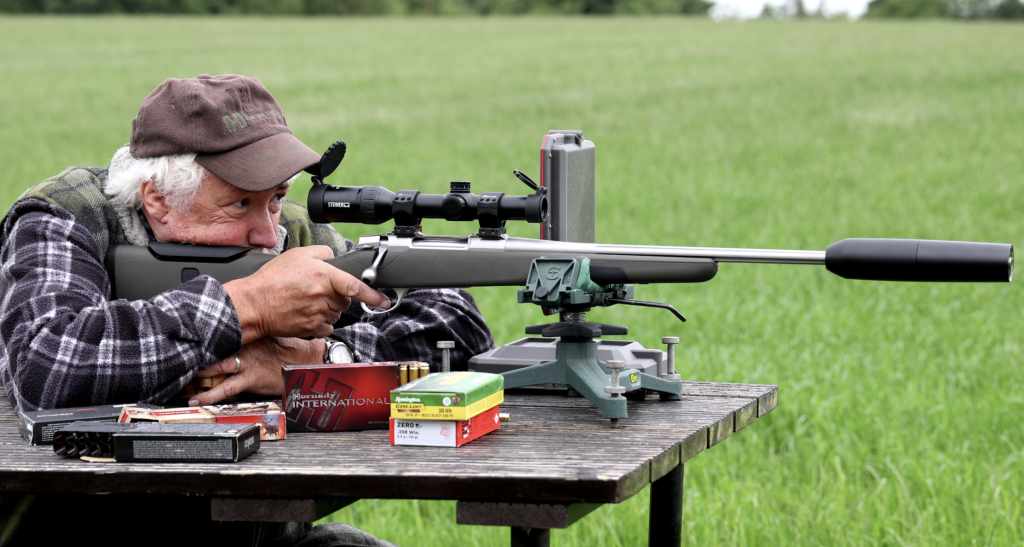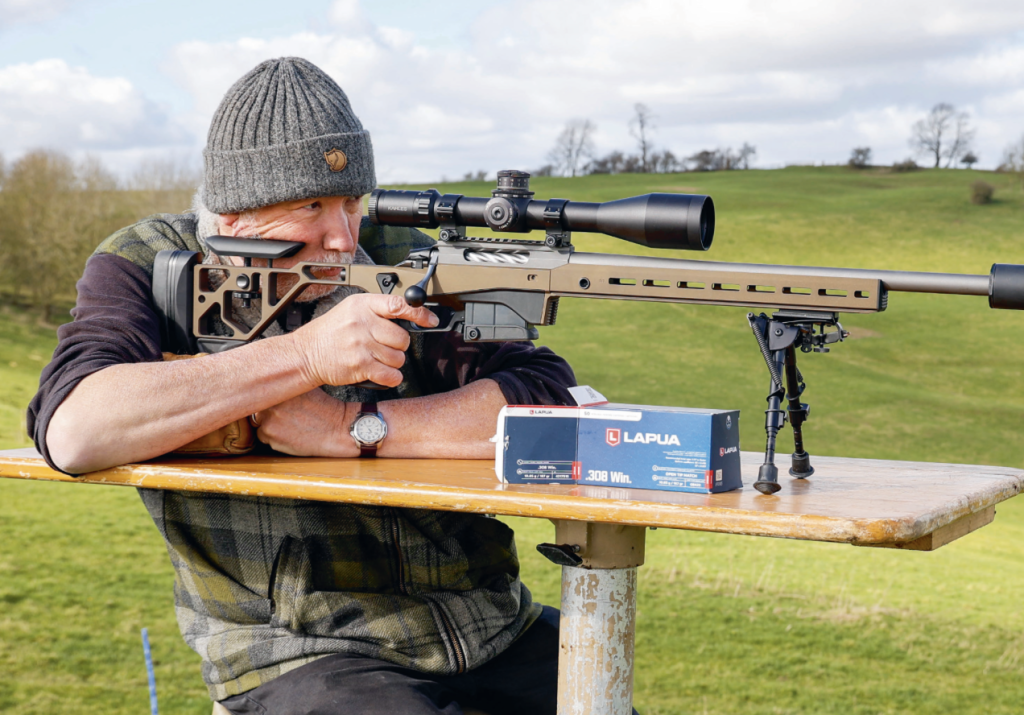Scope mounting explained: Picatinny, dovetails, rings and more!
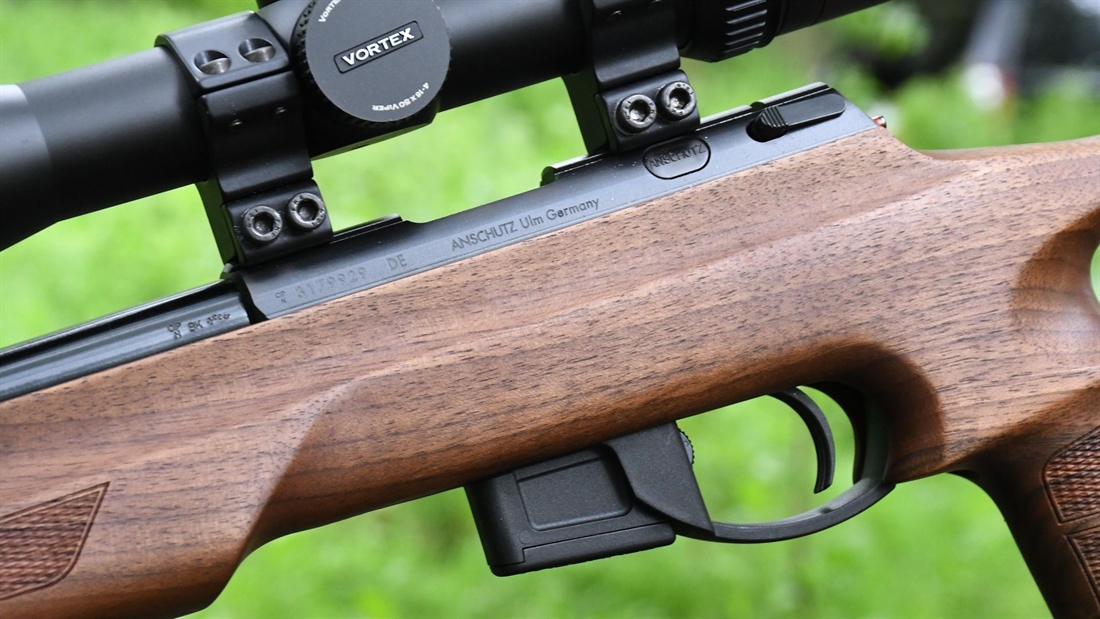
Chris Parkin explores the confusing array of mounting options for riflescopes, from the bespoke creations of rifle manufacturers to classics like Remington 700, Picatinny and dove tail mounts…
Dovetails and Picatinny mounts
Everyone wants to know what’s the most accurate rifle or best scope in low light for long-range, yet few ask me what are the key factors to look for when choosing scope mounts, so often seen as just an accessory, or an afterthought. Well, they are perhaps the key link in the shooting chain and often a minefield on their own.
Starting with airguns, many have a simple dovetail system with vague 3/8″ dovetails machined or pressed into steel receivers and often combined with low-cost aluminium mounts, providing poor alignment with a lop-sided toppling angle. This should be seen a prime example of what not to do. Scope mounts are regularly the primary cause of rifle problems.
Next are rifles with more carefully machined dovetails, ones with a bit of elevated space for the aluminium claws of similar 9 or 11mm rings to clamp onto without that disrupted angle seen on cheaper units.
Now move to rifles with proprietary rail mounting systems like Tikka’s which are an effective scaled up approach that is more able to handle linear AND action distortion recoil. They have unique dimensions, non-standard across the industry perhaps, but otherwise available.
Fully proprietary mounting systems, such as those seen with Sako, using tapered rails to offer windage adjustment and a recoil pin (often seen on air rifles too), work well but seem frequently misunderstood in terms of how to make the correct alterations – they also require rose-jointed rings to maintain alignment without damaging the scope tube. These are now separating into bases as well as rings and the junction between the two can offer another possible weak point in a chain, but it’s not unusual to see two-part rings on other systems as well.
Proprietary systems have benefits and downsides, they can offer unique mechanical interlocks for durability like CZ’s or Blaser with their mounting system, which is both quick release and one of the most likely to give a perfect return to zero, but it doesn’t come cheap.
Bespoke scope mounting systems
Some manufactures won’t allow other manufacturers to make compatible mounts, choosing to be make them deliberately complex for no mechanical benefit! There are some fantastic, discontinued rifles still available, but, frankly, if there are no compatible mounts available, don’t buy the rifle!
A lot of rifles (whose design dates back) are still popular today, and have bases screwed to the receiver in separate pieces or more recently, a full-length rail. The Remington 700 in short and long action is one of the most common examples, for example Bergara B14, Sauer 101 etc, use the Remington pattern. Done right, all is fine, but you then move onto issues with Weaver versus Picatinny, causing confusion – the two might look similar, but they aren’t.
Many custom actions, ironically built on the Remington 700 action’s underside footprint, have the Picatinny rail machined into the receiver body itself. From an engineering perspective, continuous steel is always better than any kind of screwed joint, which regardless of care, can come loose. Bear in mind, microns of movement here are metres on target. The use of continuous rails allows inclination to be built in for longer range dialling.
It’s important to understand that many mounting systems date back to times of hand fabrication, not modern computerised machining, that’s why mounts have evolved yet oddly, we still us a 59-year-old Rem 700 system on many modern rifles, purely because rifles last decades, so advancing creativity must take into account the continuous long-term supply chain as an important factor.
Unique scope mounting solutions
So, after a brief look at just the scope mounting foundation, let’s look around. Well, you are likely to find intervening structures and requirements between what used to be two simple action bridges. Is there an open top to the action; does ejection require upward space for the brass to fly; is it solely lateral from a side port?
Night vision is so popular and has all its own factors to contend with. In the early days, everything stemmed from military origins based around Picatinny rails, but as time has gone by, 30mm-tubed NV optics have offered more versatility for those limited to mounting in conventionally spaced scope rings.
The smaller units, like PARD 008, Sightmark Wraith or Yukon Sightline, likely need a full-length rail to enable linear positioning and suitable eye relief. When you look at a rimfire and think, ‘I can just put a rail on it’, yes, and no, because that rail may foul ejection or at least intermittently cause brass to bounce back in to the action.
As a reviewer, I deal with this every day and have hundreds of scope mounts lingering on pegs across the armoury walls. You might only have a few rifles to accommodate, but it’s well worth considering the mounting options a new purchase may require today, tomorrow, and next year as sighting options evolve.
This is before we even start to consider the rings themselves, what diameter and height do you need, how much space is available on the tube to set correct eye relief, one piece or two? That’s one for next month.
Related Articles
Get the latest news delivered direct to your door
Subscribe to Rifle Shooter
Elevate your shooting experience with a subscription to Rifle Shooter magazine, the UK’s premier publication for dedicated rifle enthusiasts.
Whether you’re a seasoned shot or new to the sport, Rifle Shooter delivers expert insights, in-depth gear reviews and invaluable techniques to enhance your skills. Each bi-monthly issue brings you the latest in deer stalking, foxing, long-range shooting, and international hunting adventures, all crafted by leading experts from Britain and around the world.
By subscribing, you’ll not only save on the retail price but also gain exclusive access to £2 million Public Liability Insurance, covering recreational and professional use of shotguns, rifles, and airguns.
Don’t miss out on the opportunity to join a community of passionate shooters and stay at the forefront of rifle technology and technique.



